Research Assistant Professor, Aerospace Engineering Department, University of Michigan
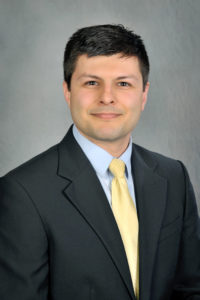
Professor Limbach is director of the Laser Diagnostics and Plasma Devices Lab (LDPDL) at Texas A&M University. He obtained B.S. degrees in Engineering Physics and Astronomy from the University of Arizona in 2009 and a Ph.D. in Mechanical and Aerospace Engineering from Princeton University in 2015. Before coming to Texas A&M, Prof. Limbach was a research scientist at Colorado State University where he studied novel laser plasma sources and techniques for gas and multiphase combustion ignition. At Texas A&M he has been leading the development of advanced, non-intrusive laser diagnostic techniques for measuring plasma parameters and species composition in dissociated, ionized and non-equilibrium flows with applications to ground test facilities, propulsion, plasma science and plasma chemical processing. He is also leading investigations of gas, plasma and liquid phase transport phenomena with applications to two-phase flows, sprays, aerosol science, and droplet combustion. In 2022, he left Texas A&M and is currently working as an assistant professor in the aerospace engineering department at the University of Michigan.

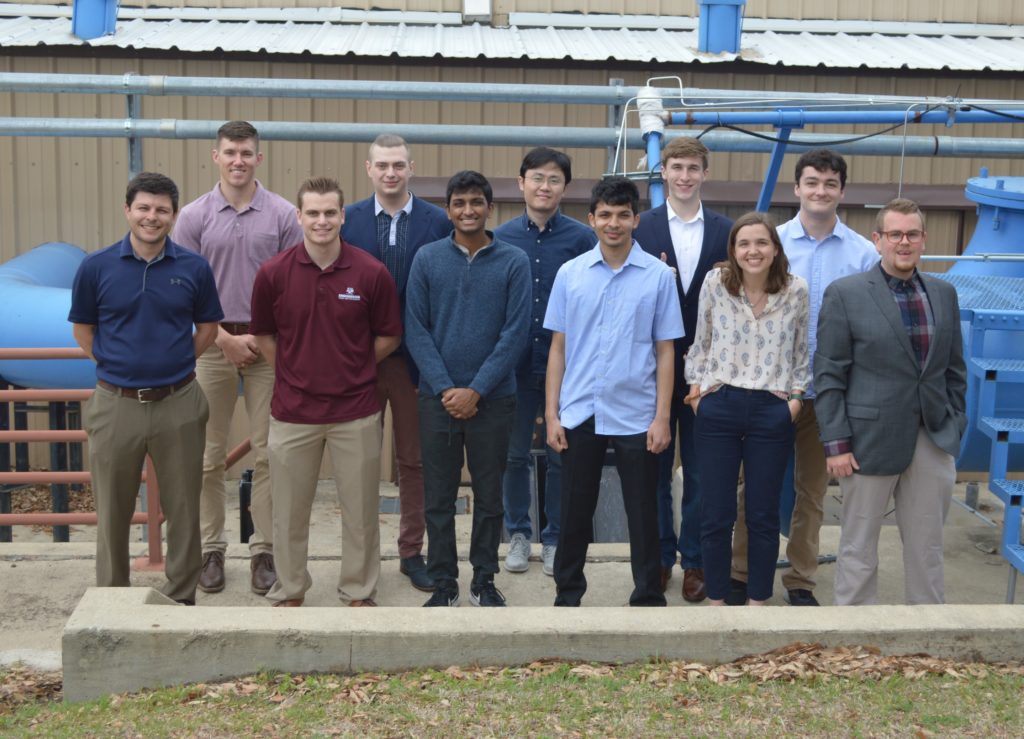
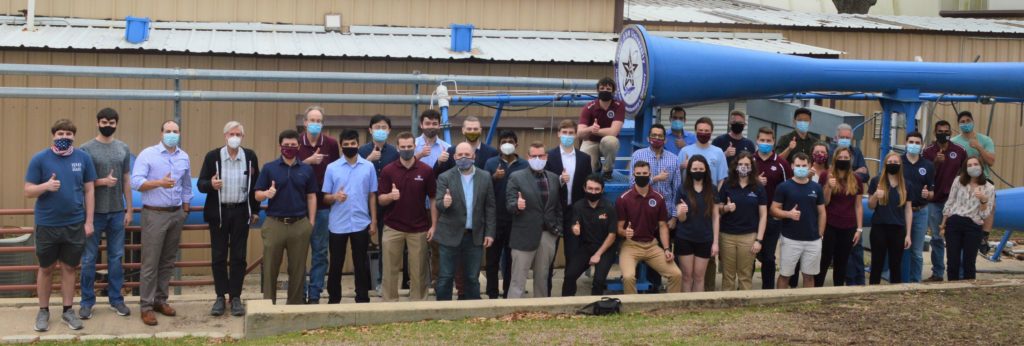
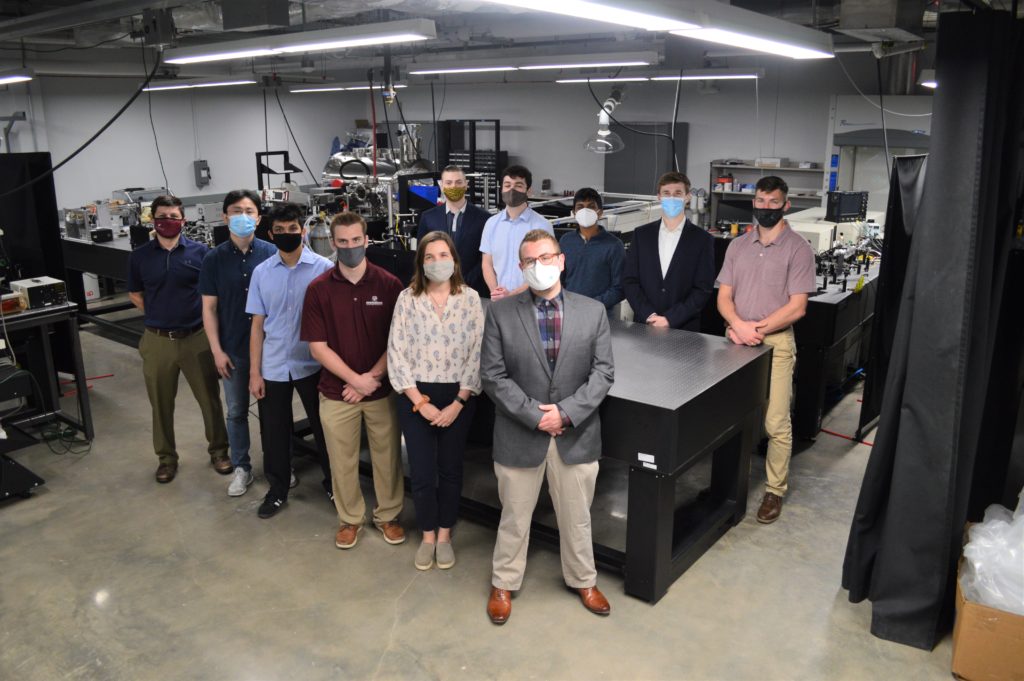
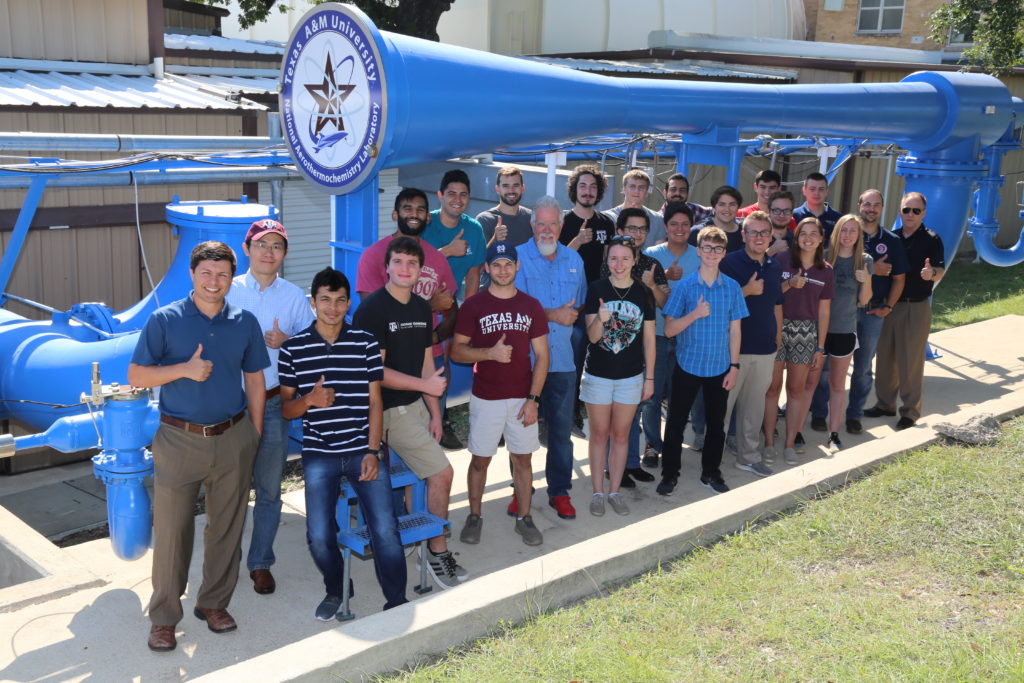
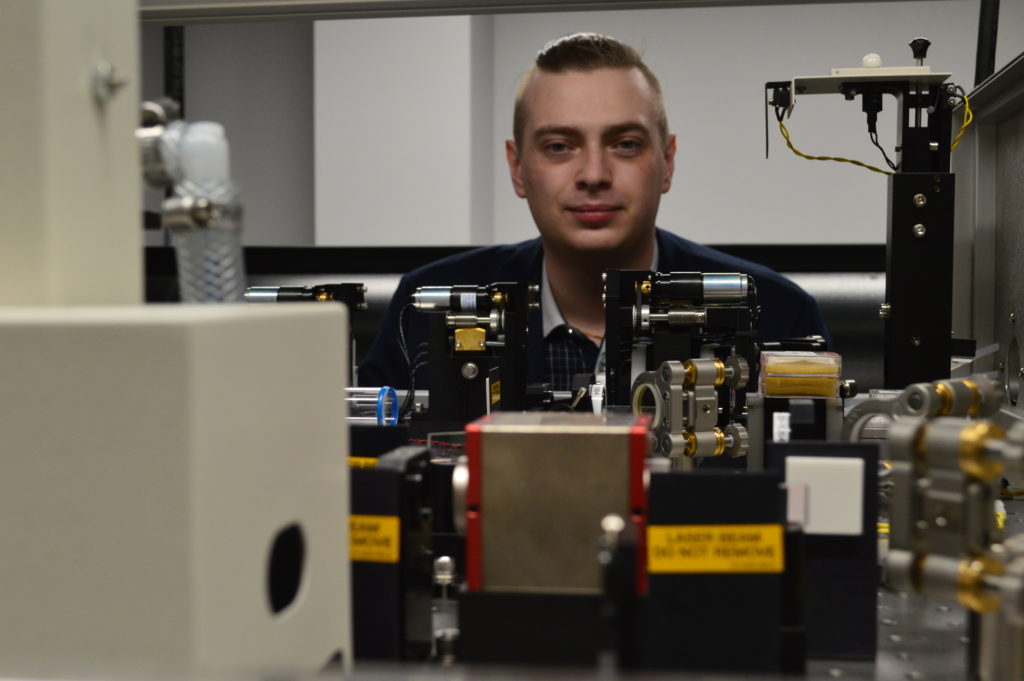 PhD Student, Aerospace Engineering Department, SMART Scholar
PhD Student, Aerospace Engineering Department, SMART Scholar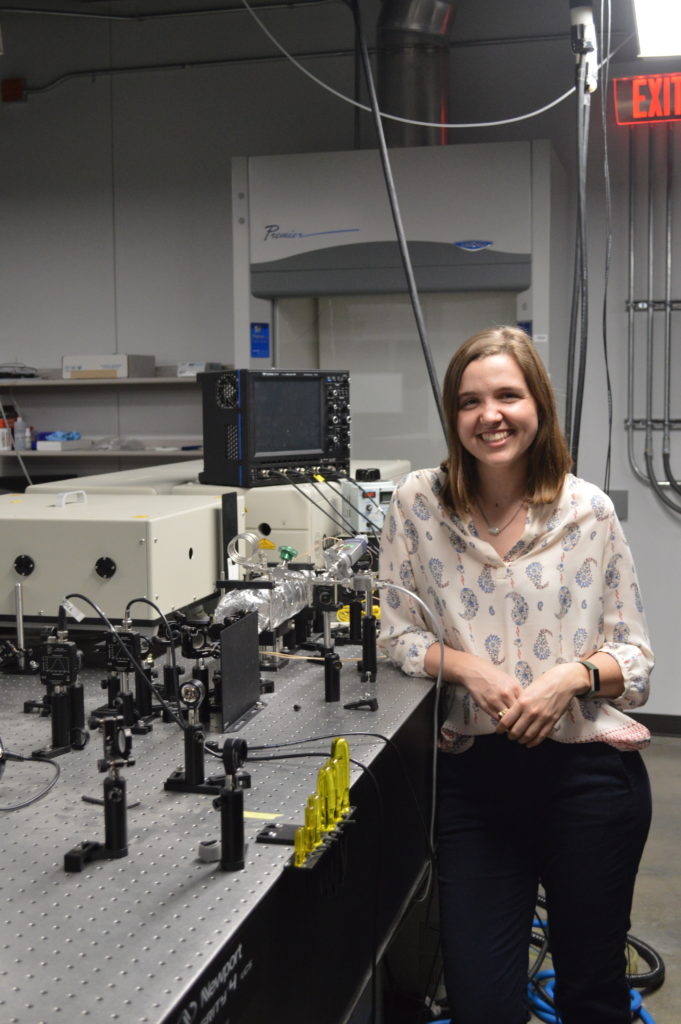 PhD Student, Aerospace Engineering Department, NSTGRO Fellow
PhD Student, Aerospace Engineering Department, NSTGRO Fellow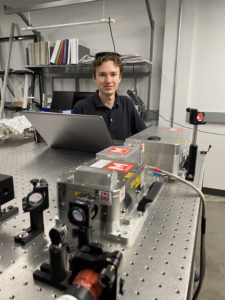
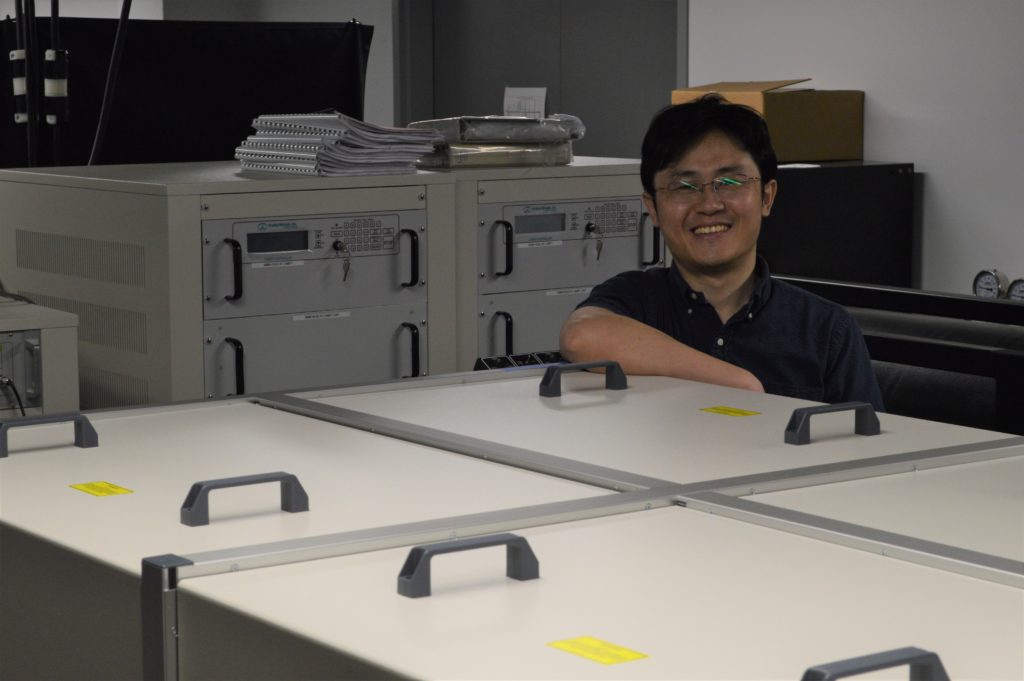 Former Post-Doctoral Researcher, Aerospace Engineering Department
Former Post-Doctoral Researcher, Aerospace Engineering Department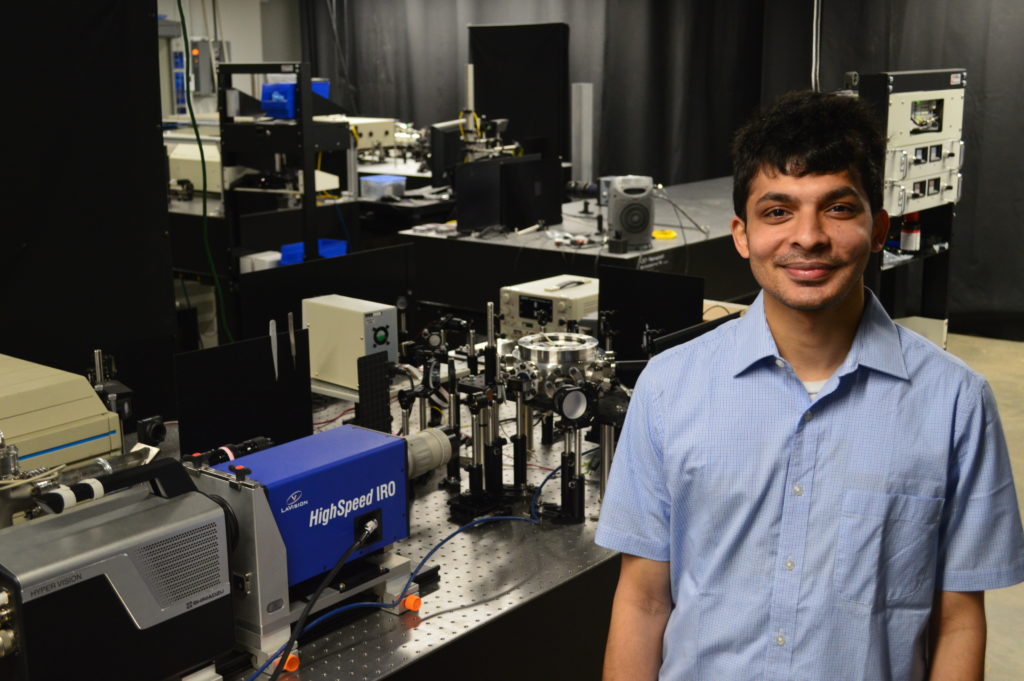 Former Master’s Student, Aerospace Engineering Department
Former Master’s Student, Aerospace Engineering Department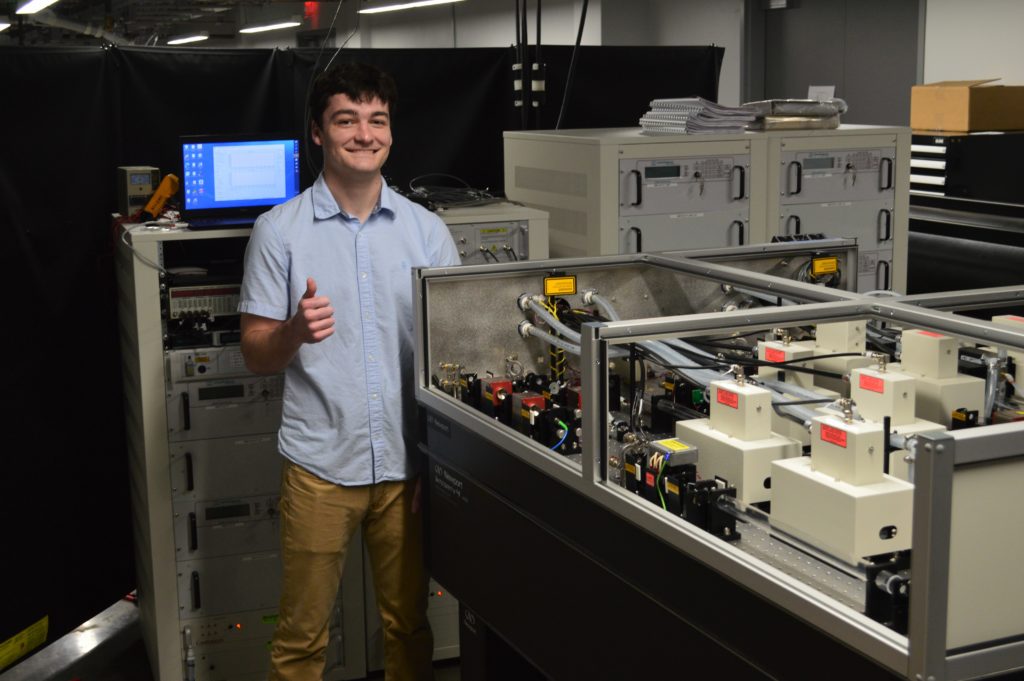 Former Master’s Student, Aerospace Engineering Department
Former Master’s Student, Aerospace Engineering Department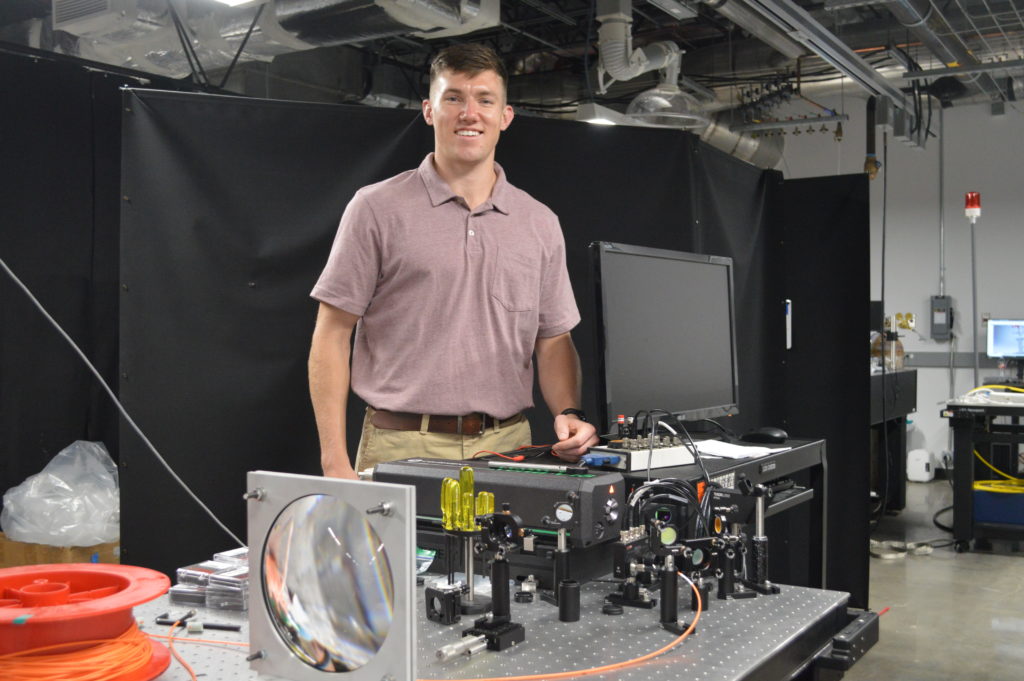 Former Master’s Student, Aerospace Engineering Department
Former Master’s Student, Aerospace Engineering Department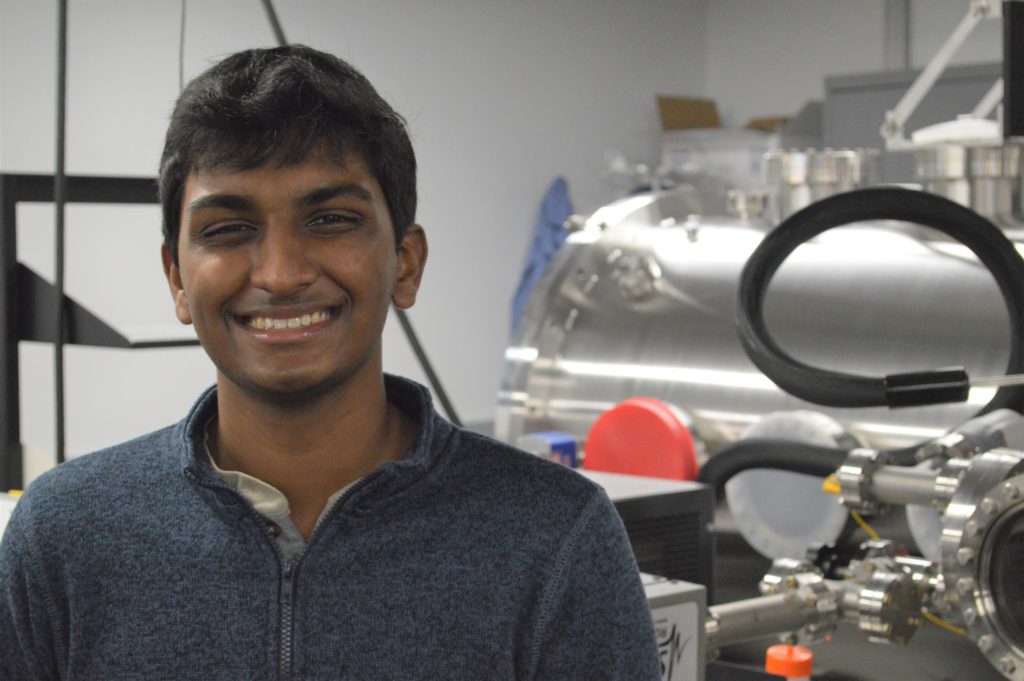 Masters of Engineering Student, Department of Aerospace Engineering
Masters of Engineering Student, Department of Aerospace Engineering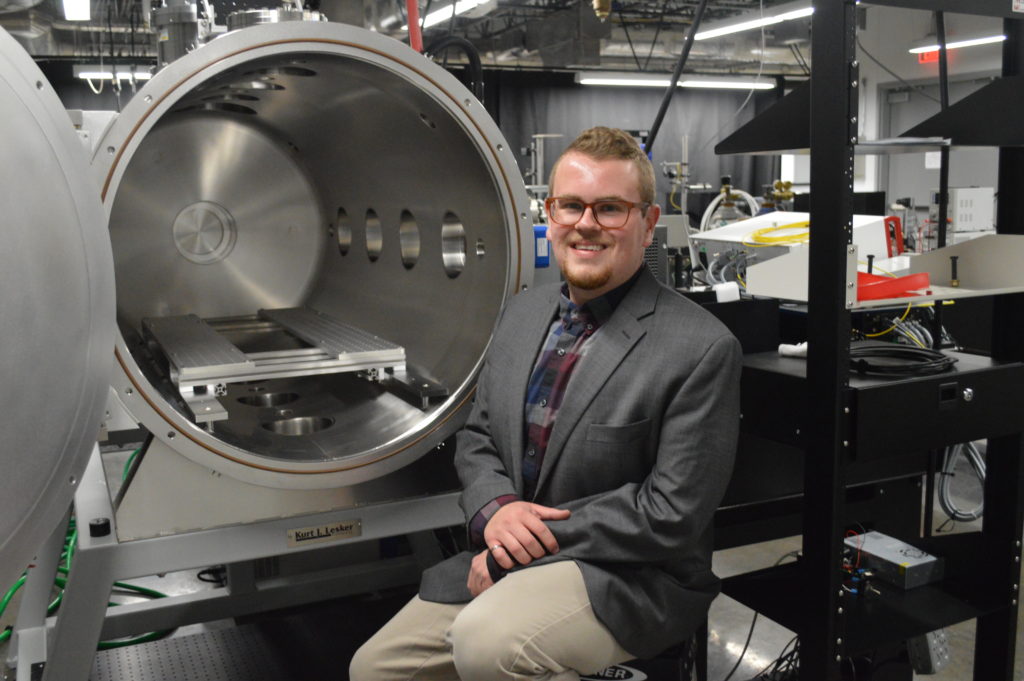 Former Master’s Student, Aerospace Engineering Department, NSTGRO Fellow
Former Master’s Student, Aerospace Engineering Department, NSTGRO Fellow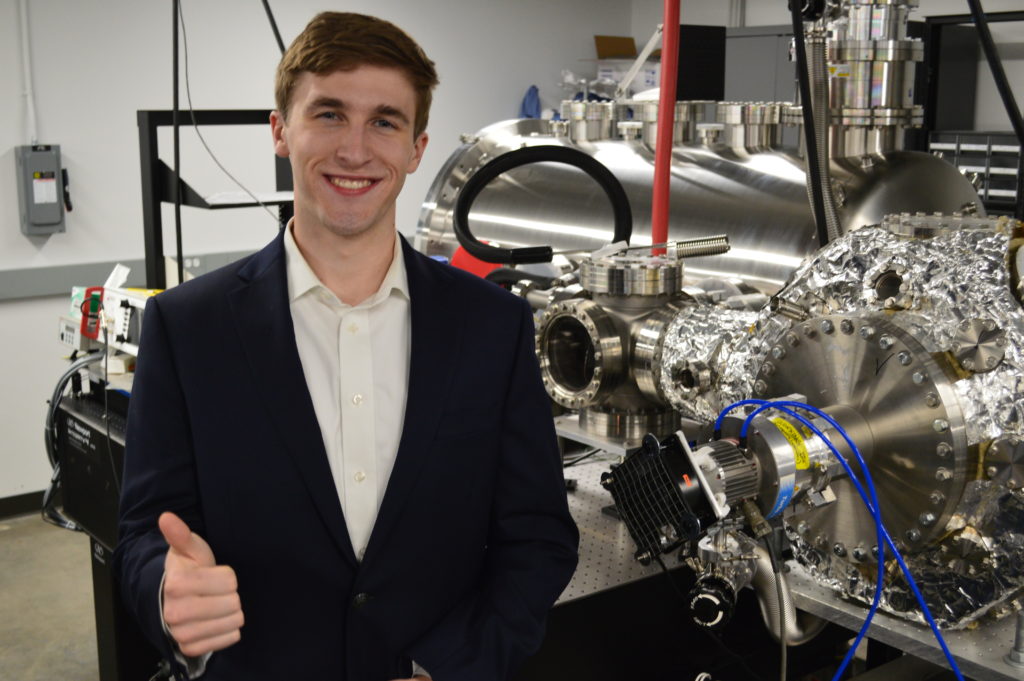 Undergraduate Research Assistant, Aerospace Engineering Department
Undergraduate Research Assistant, Aerospace Engineering Department